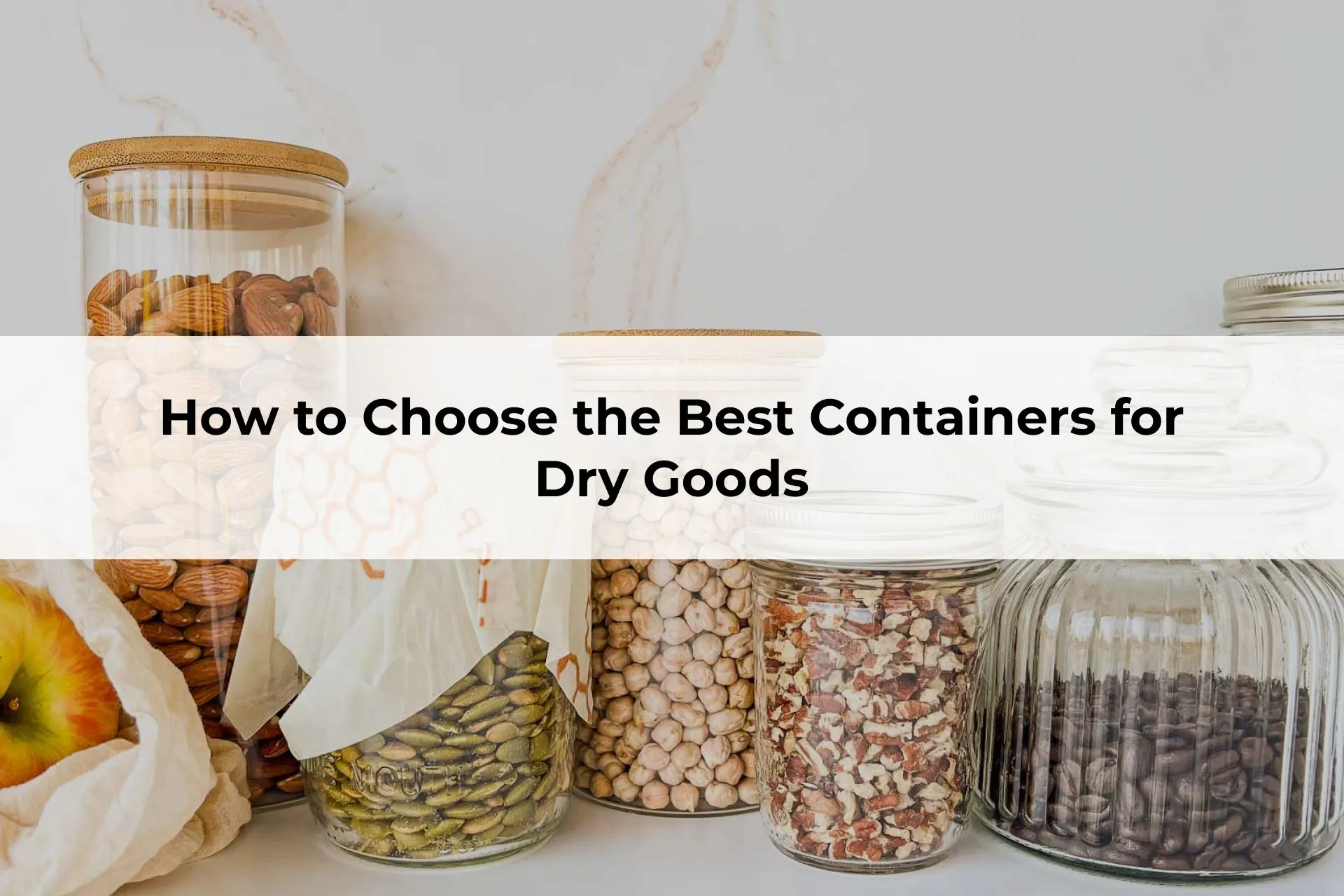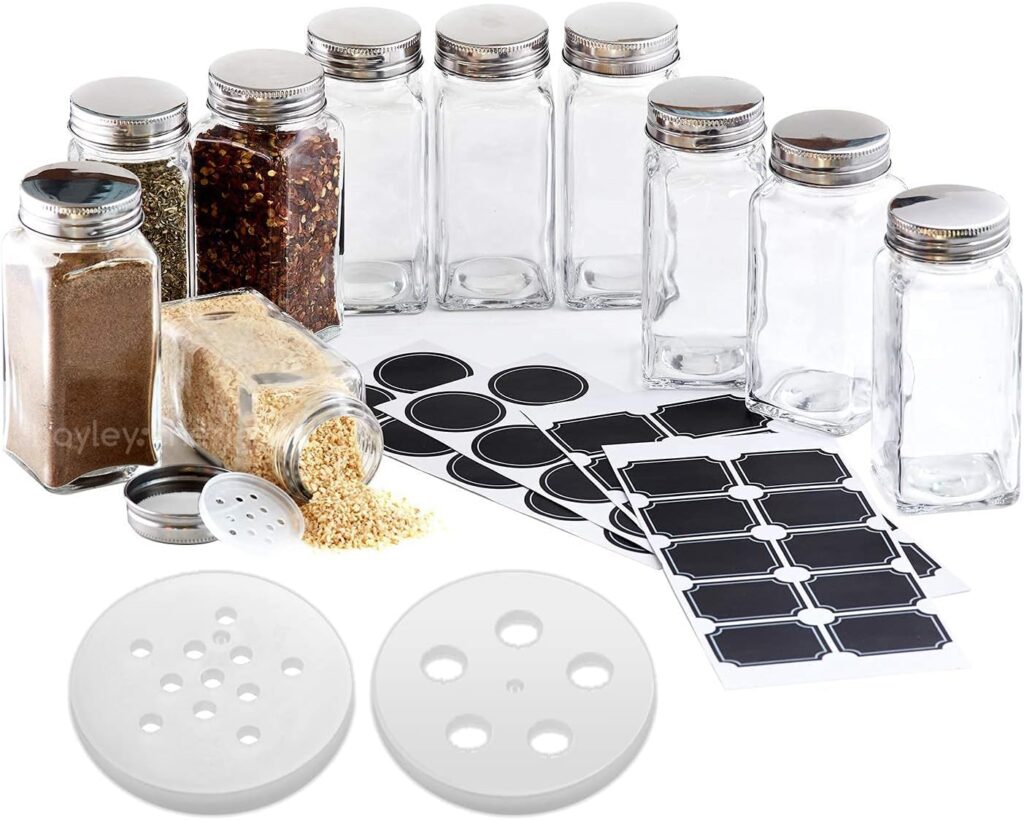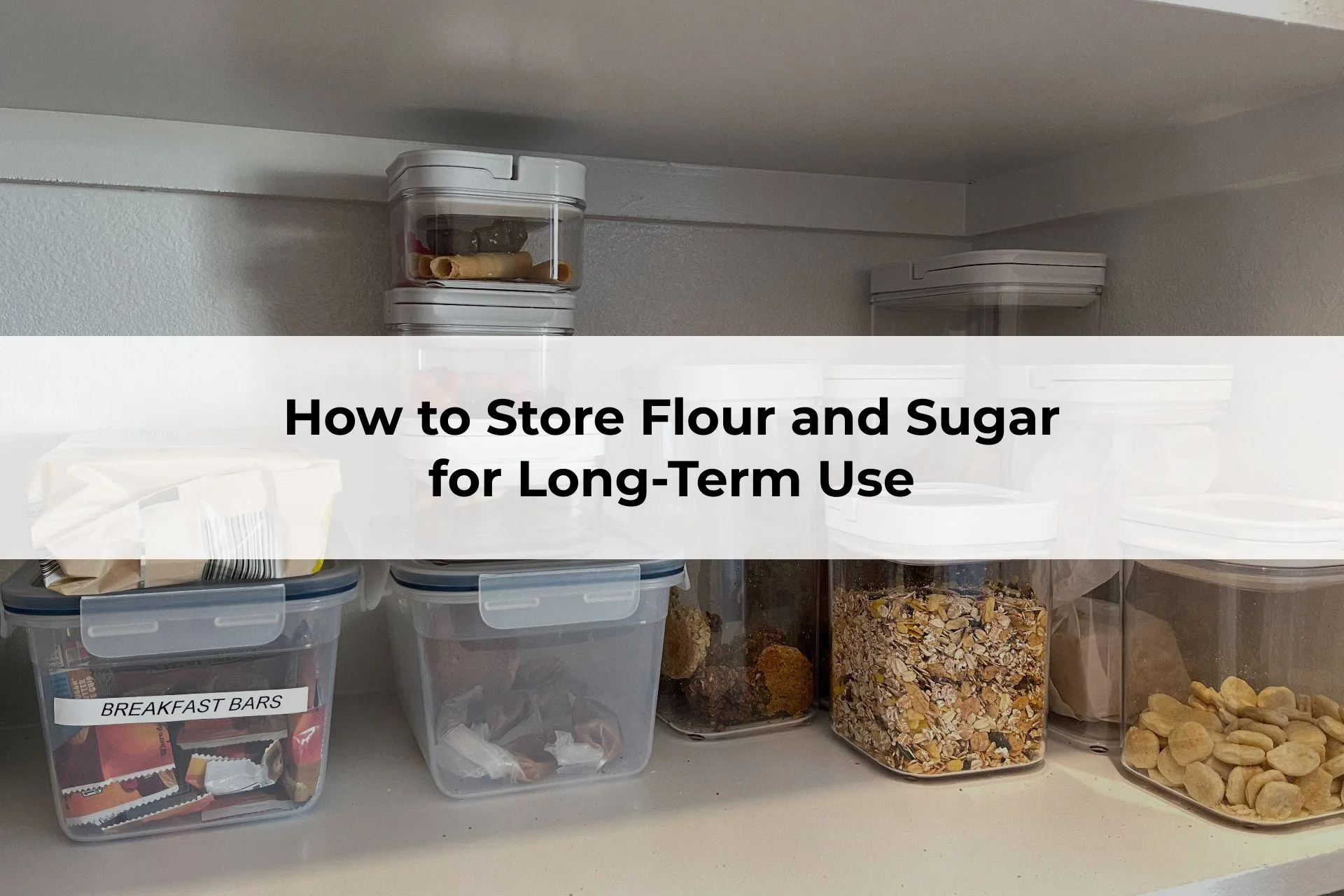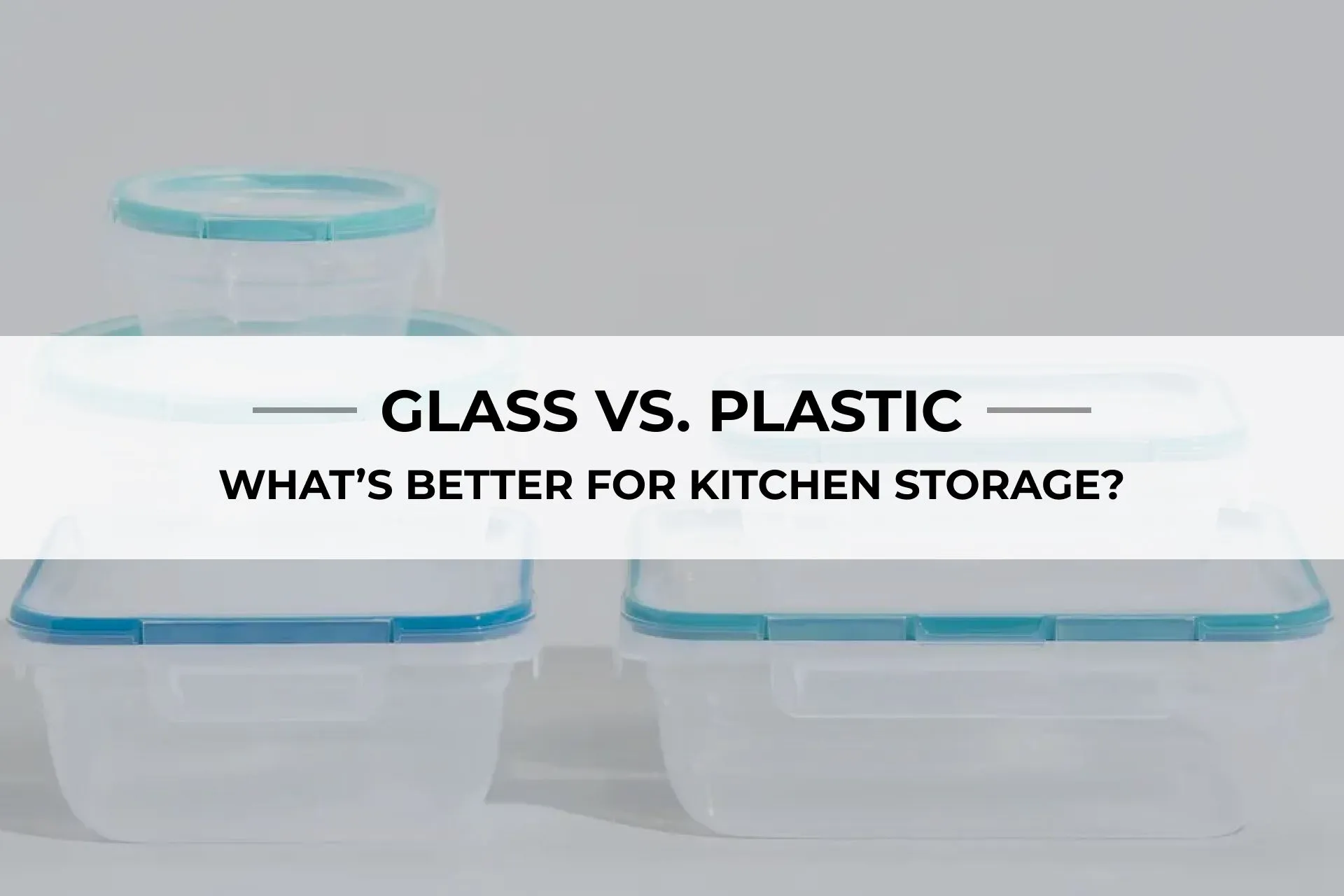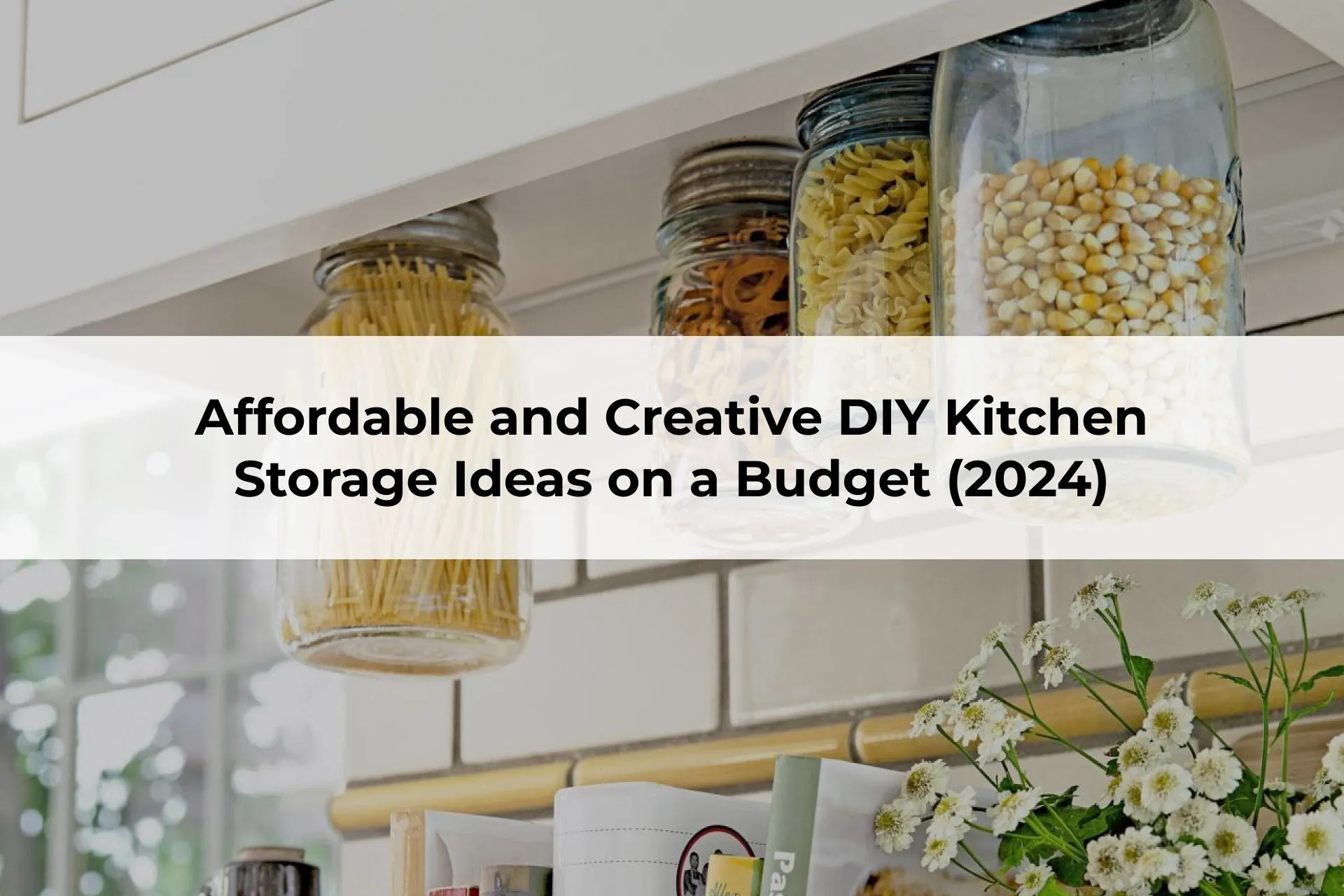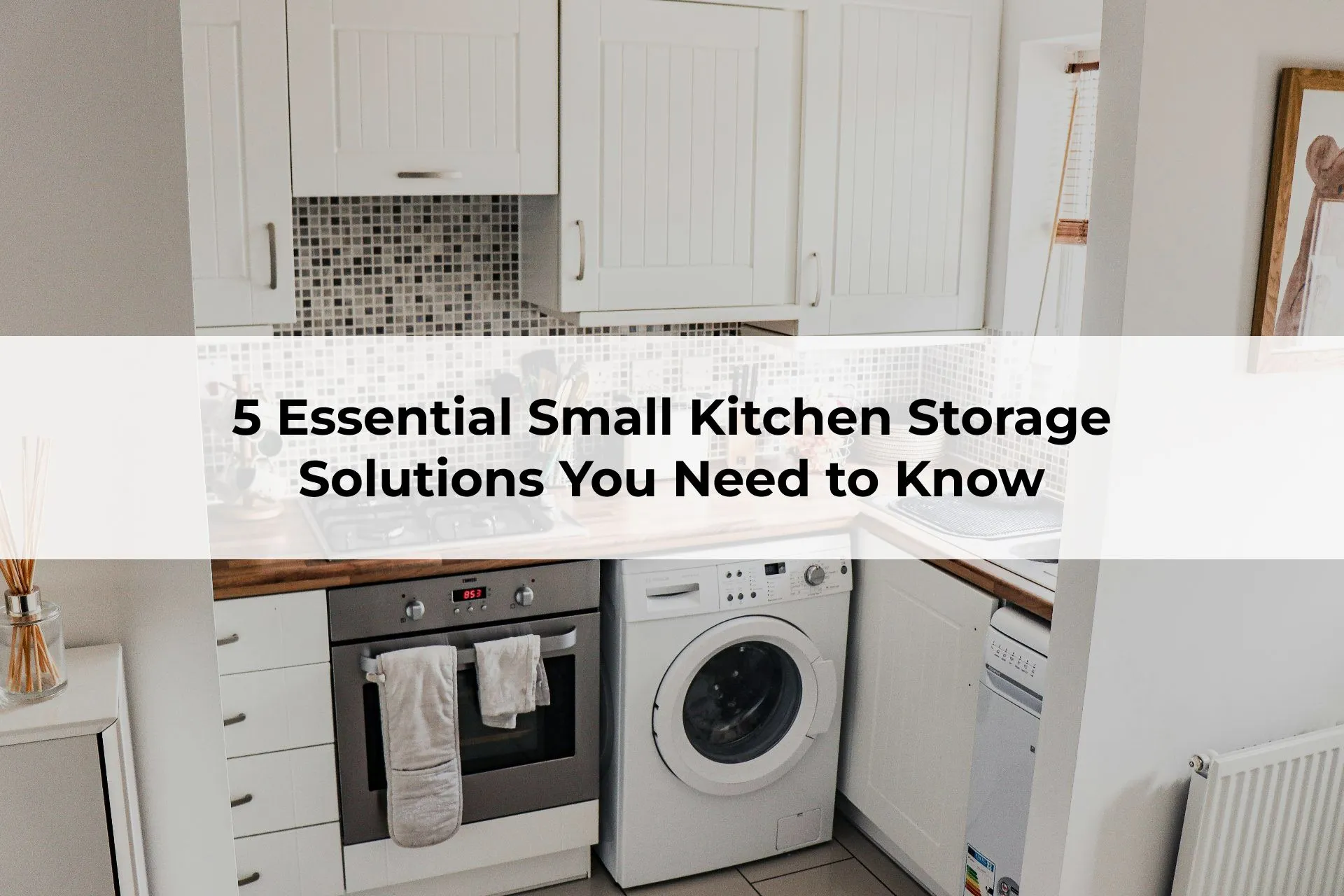Dry goods like flour, sugar, pasta, and grains are staples in every kitchen. Storing them properly is essential to maintaining freshness, preventing contamination, and keeping your pantry organized. Choosing the right containers can make all the difference. This guide will walk you through everything you need to know to select the best containers for your dry goods.
Why Proper Storage Matters Proper storage of dry goods helps:
Maintain freshness by preventing air exposure.
Protect food from pests like ants or weevils.
Maximize space in your pantry or cabinets.
Reduce food waste caused by spoilage.
Key Factors to Consider When Choosing Containers Material Matters: Glass vs. Plastic
Glass Containers:
Pros: Non-porous, doesn’t absorb odors, long-lasting, environmentally friendly.
Cons: Heavier and breakable.
Plastic Containers:
Pros: Lightweight, shatterproof, affordable.
Cons: Can absorb stains and odors over time; ensure they are BPA-free.
Airtight Seals Look for containers with silicone seals or locking lids to keep air and moisture out, ensuring dry goods stay fresh longer.
Size and Shape
Tall, narrow containers are perfect for pasta and spaghetti.
Short, wide containers work best for flour, sugar, or oats.
Stackable designs help maximize vertical storage space.
Transparency Opt for transparent containers to easily see what’s inside and monitor quantity levels at a glance.
Ease of Cleaning Choose containers that are dishwasher-safe for effortless maintenance.
Eco-Friendliness For sustainability, consider reusable glass jars or containers made from recycled materials.
A modern pantry with labeled, stackable storage bins. Top Container Recommendations for Dry Goods 1. Glass Jars with Lids Ideal for grains, nuts, and seeds. Mason jars are versatile, affordable, and aesthetically pleasing for open-shelf storage.
2. BPA-Free Plastic Containers Great for families or bulk storage. Look for sets that include various sizes to accommodate different types of dry goods.
3. Vacuum-Sealed Containers For long-term storage, vacuum-sealed options help keep items like rice and flour fresh for months.
4. Ceramic Containers These are stylish and effective for items that don’t need frequent monitoring, like coffee beans or tea leaves.
5. Pantry Storage Bins Perfect for snacks or smaller dry goods, keeping everything accessible and tidy.
Mason jars with chalkboard labels displaying grains and spices. Step-by-Step Guide to Organizing Dry Goods
Sort Your Items
Group dry goods into categories: baking essentials, grains, snacks, etc.
Measure Your Space
Measure shelves or cabinets to ensure containers fit properly and maximize space.
Label Everything
Use waterproof labels or chalkboard stickers for clear identification.
Prioritize Frequently Used Items
Store essentials like sugar and flour in accessible spots.
Rotate Stock
Keep older items in front to use them first and reduce waste.
Common Mistakes to Avoid
Using containers without airtight seals, leading to stale food.
Overlooking proper labeling, which creates confusion later.
Buying mismatched containers that don’t stack or fit neatly in your pantry.
Benefits of the Right Storage Containers
Freshness Prolonged: Keeps food fresher longer, saving money.Aesthetics: Creates a neat, uniform pantry look.Convenience: Transparent designs and labels simplify meal prep.Space Efficiency: Optimized use of every shelf and cabinet.
Where to Buy Quality Containers
Amazon IKEA The Container Store
CTA Section Discover the perfect storage containers for your pantry! Explore our top recommendations and expert tips at Kitchen Storage Solutions
